Regency Centers Enters Northern California Market
Safeway will anchor the ground-up development.
Regency Centers has commenced construction of Oakley Shops at Laurel Fields, a new Safeway-anchored ground-up project in Oakley, Calif.—its first development in the Northern California market.
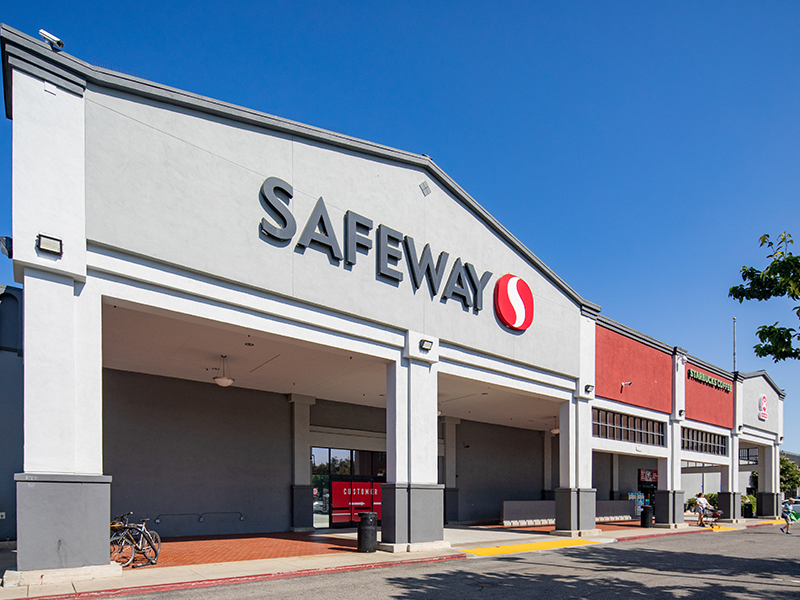
Oakley Shops will include approximately 79,000 square feet of retail space at the signalized arterial intersection of Laurel Road and O’Hara Avenue. It will address a void of limited high-quality retail and grocery destinations in the trade area.
Safeway will occupy approximately 56,000 square feet at Oakley Shops. An additional 23,000 square feet will host quality retail, restaurant and everyday needs space. Upcoming merchants are in various stages of lease negotiations and discussions, with more announcements expected soon.
Oakley is in Contra Costa County, within the nine-county San Francisco Bay Area. The population at the 2020 U.S. census was 43,357 residents. Oakley is the newest incorporated city in Contra Costa County.
Matt Hammond, principal, Coreland Cos., told Commercial Property Executive that well-positioned grocery stores continue to thrive despite facing headwinds.
“For each, the potential for growth and expansion remains, especially in developing or underserved areas,” Hammond said.
“Quality operators, like Safeway, provide the needed draw to attract complimentary neighborhood-serving restaurants, services and retailers. When a daily-needs grocer is incorporated into a well-designed shopping center with outdoor seating, landscaped pedestrian pathways and gathering places, it becomes a true focal point for communities.”
Cameron Baird, senior vice president of Avison Young, told CPE that grocery-anchored centers are among the most popular and successful retail developments in California and nationwide.
“Due to the frequent nature of grocery shopping, the number of repeat shoppers that visit grocery-anchored centers ensures that co-tenants have ample visitation and cross-shopping opportunities versus other centers,” Baird said.
READ ALSO: Retail Owners Gain Leverage
“Because of the internet, the resilience of grocery retail visitation tends to be higher. Generally, these centers tend to have less turnover, less vacancy and higher profitability than other retail assets.”
Reliable income through long-term leases
Richard Rizika, partner & co-founder of Beta Retail, told CPE that grocery-anchored centers are highly valued for their stability and resilience, driven by the consistent foot traffic generated by essential retailers.
“They offer reliable income through long-term leases, attract a diverse mix of tenants and often serve as community gathering places and a source of local pride,” Rizika said. “These centers are aligned with the growing consumer demand for convenience. This classification of retail centers has remained competitive over decades, making them attractive to investors and developers seeking steady returns in an ever-changing market.”
The trends in grocery store-anchored centers reflect a shift toward enhancing the shopping experience through mixed-use developments, sustainability initiatives and technology integration.
“The most successful grocery-anchored centers continue to evolve to meet consumer demands through several key trends,” Rizika said. “Owners enhance the shopping experience by integrating amenities like outdoor dining, entertainment and gathering spaces.
“Additionally, technology is playing a crucial role, integrating automated checkouts, curbside pickup and other digital tools that improve convenience. Finally, grocery stores adapt to e-commerce by offering online ordering and delivery services, effectively blending physical and digital shopping experiences to remain relevant in today’s retail landscape.”
He said another trend is incorporating energy-saving technology into sustainability initiatives. Sensors optimize lighting and HVAC systems by adjusting energy usage based on real-time occupancy and environmental conditions.
“These technologies reduce energy consumption and operational costs and contribute to a center’s overall sustainability while aligning with growing consumer and tenant preferences for environmentally responsible practices,” Rizika said.
READ ALSO: How Retail Properties Are Getting Greener
“The rise of mixed-use developments is also seeing grocery-anchored centers incorporated into larger projects, including residential, office and recreational spaces. This creates increasingly desirable environments for consumers to live, work and play.”
According to Rizika, grocery-anchored centers are likely to remain a key focus for investors and developers due to their stability, adaptability and central role in communities, consistent with the ongoing evolution of consumer needs and preferences.
Grocery-anchored centers at ‘greatest strength’
Mark Sigal, CEO of Datex Property Solutions, told CPE that retail remains the hottest real estate sector, with grocery store-anchored shopping centers showing the greatest strength.
“The reasons are simple,” he said. “Retail is at a historical low point in terms of vacancy, which is a product of a healthy consumer, strong fundamentals for retailers in terms of sales per square foot and occupancy cost trends, and a scarcity of new retail development over the past few years.”
“Retail and retailers are battle-tested, perennially by local competition, by adapting to changing consumer tastes, the risk of getting Amazon’d, and overcoming the disruptions caused by the COVID pandemic,” he added.
Sigal said the conventional wisdom when Amazon acquired Whole Foods was that they would disrupt the grocery business.
“Billions of dollars in market cap evaporated when the deal was announced,” he said. “But a funny thing happened on the way to the dustbin of failed retail concepts. The pandemic was a boon for supermarkets. Consumers realized that they like to see and touch their produce, meats and other perishables more than ever.”
“Amazon’s brutal efficiency, which has served them well in specific categories, worked against them in supermarkets, where operators are used to competing on experience and volume via a business model that can be profitable with 1 percent to 3 percent margins,” he also told CPE.
“Coupled with the general shift in consumer preferences from enclosed malls to open-air ‘necessity retail,’ the grocery store-anchored shopping center is ascendant and ripe for further development,” Sigal concluded.
Consumers increasingly recognize the value of essential services at their doorstep, and grocery store-anchored developments are central to creating vibrant, self-sustaining communities, Craig Studnicky, founder & CEO of ISG World, told CPE.
“Convenient access to a grocery store is now seen as a luxurious amenity,” Studnicky said. “For example, by incorporating a 35,000-square-foot Publix as its anchor, Shoma Bay highlights this growing real estate trend and marks a new era in urban development, where convenience and luxury converge.”
Rick Redpath, principal of Nadel Architecture + Planning, the design firm of record for many national retail brands, including Sprouts, told CPE, “For years, grocery-anchored neighborhood shopping centers were the basis of many developers’ portfolios. During the explosion/expansion of the 2000s before the economic bubble burst, the grocery-anchored center was somewhat left behind for larger, more exciting entertainment and hospitality venues.”
According to Redpath, once the economy tanked, the one part of most developers’ portfolios that remained strong was their existing grocery-anchored centers. “Even during difficult times, people still need to eat, and the grocery-anchored center is a part of the local community, providing necessary food and staples for everyone from singles to large families,” he added.
“In a more cautious current economy, there is a trend back to grocery-anchored centers as they traditionally have performed well for developers and are an asset to stable as well as growing communities,” Redpath concluded.


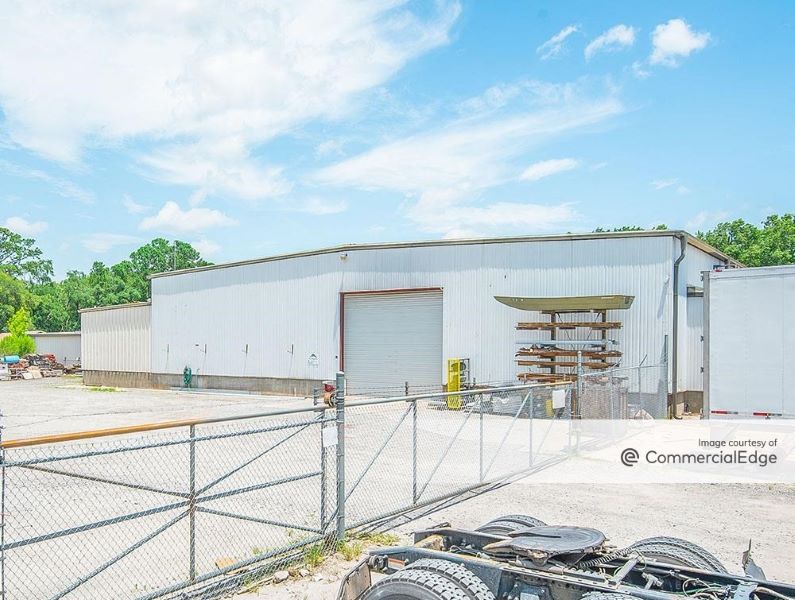
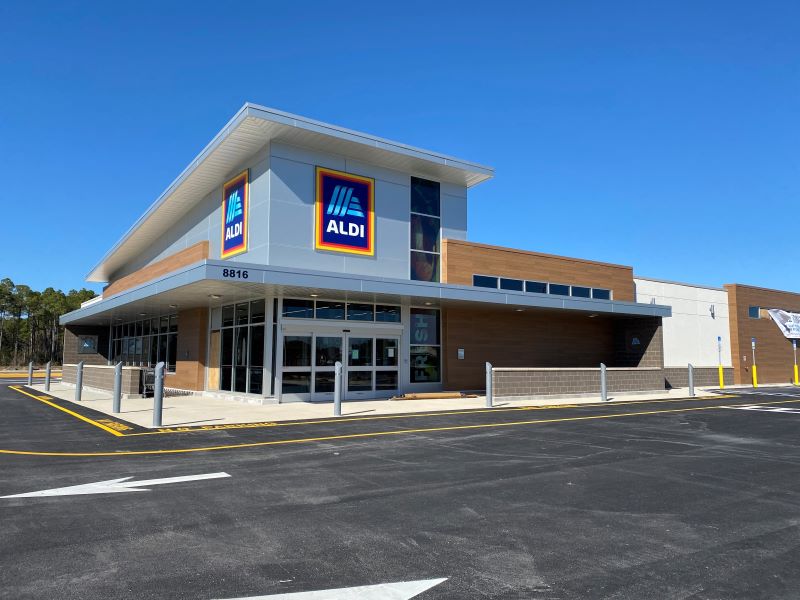
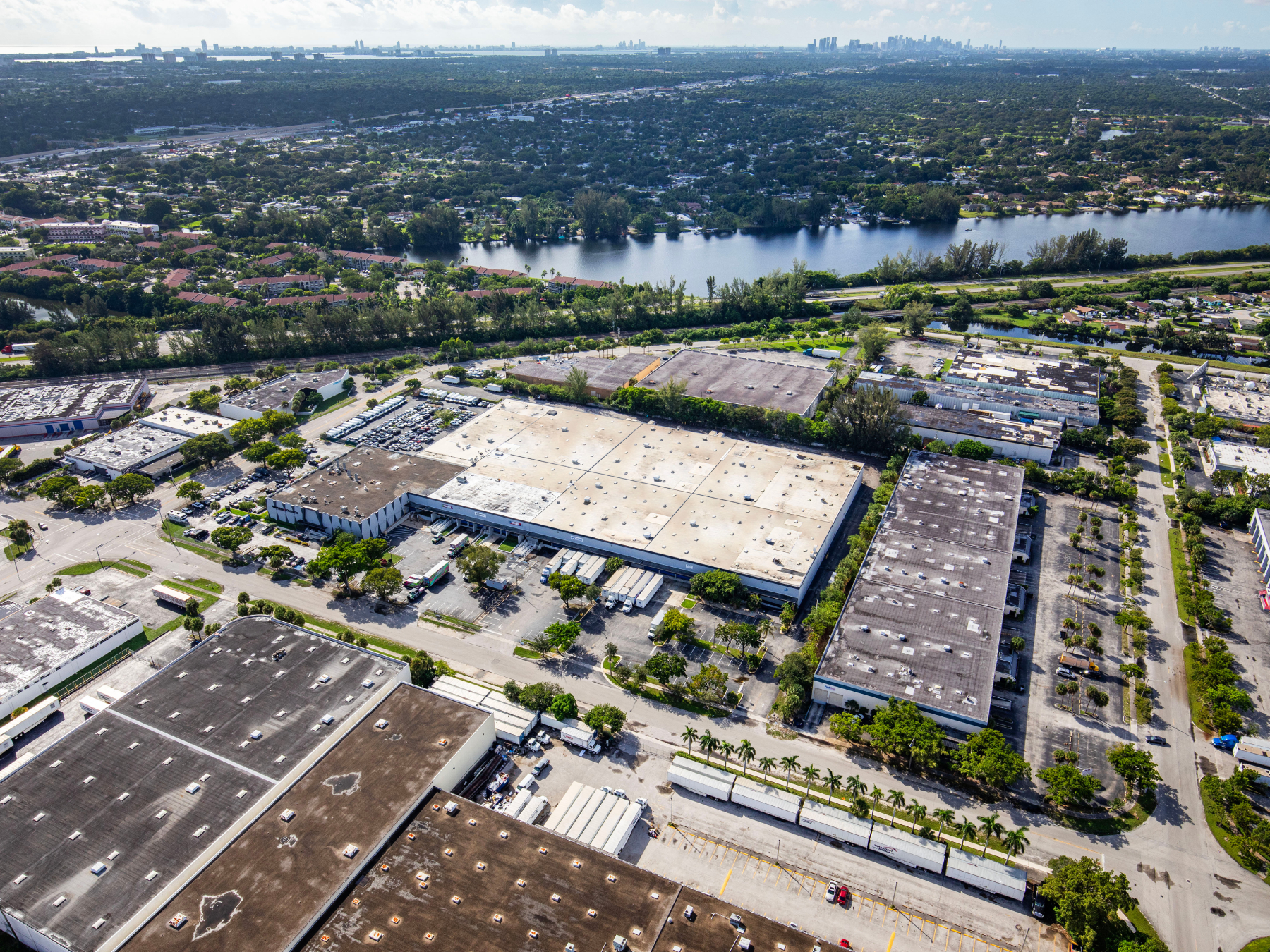
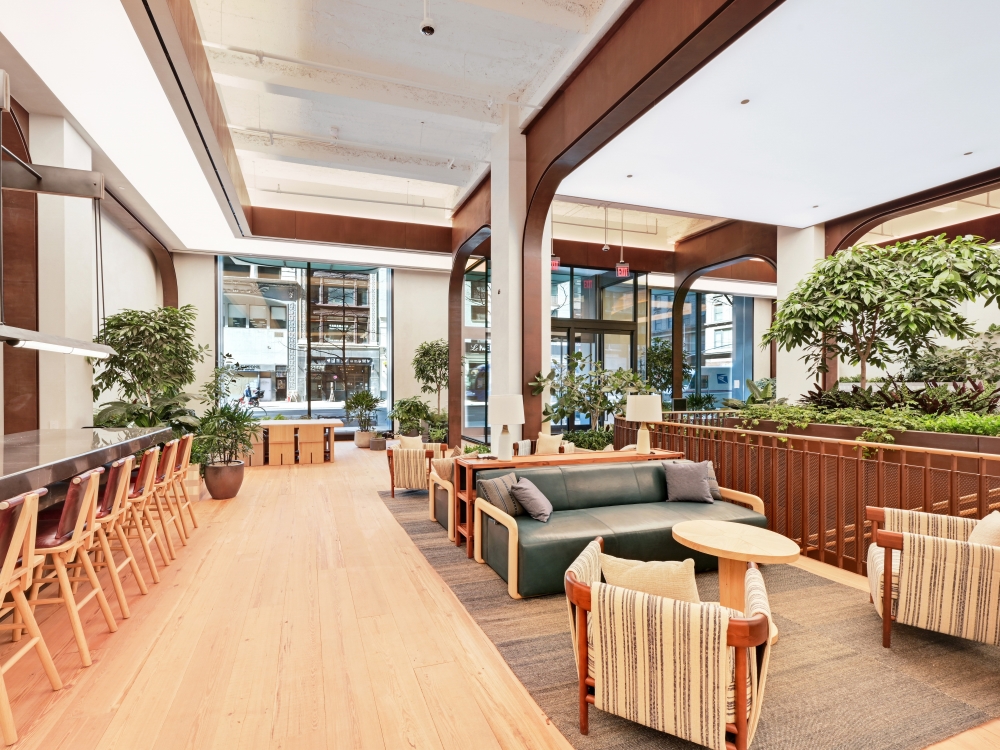
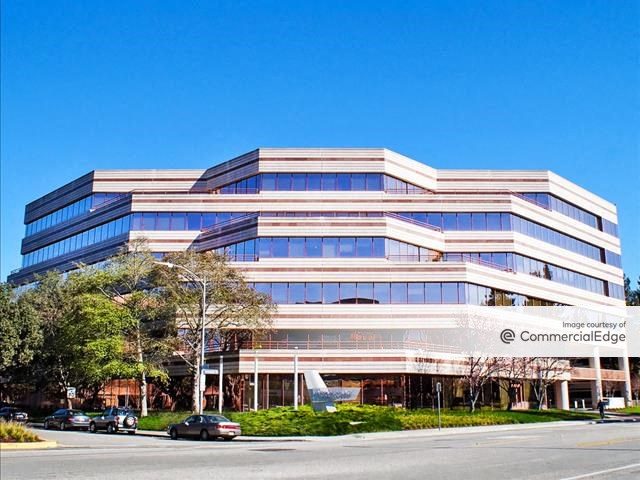
You must be logged in to post a comment.